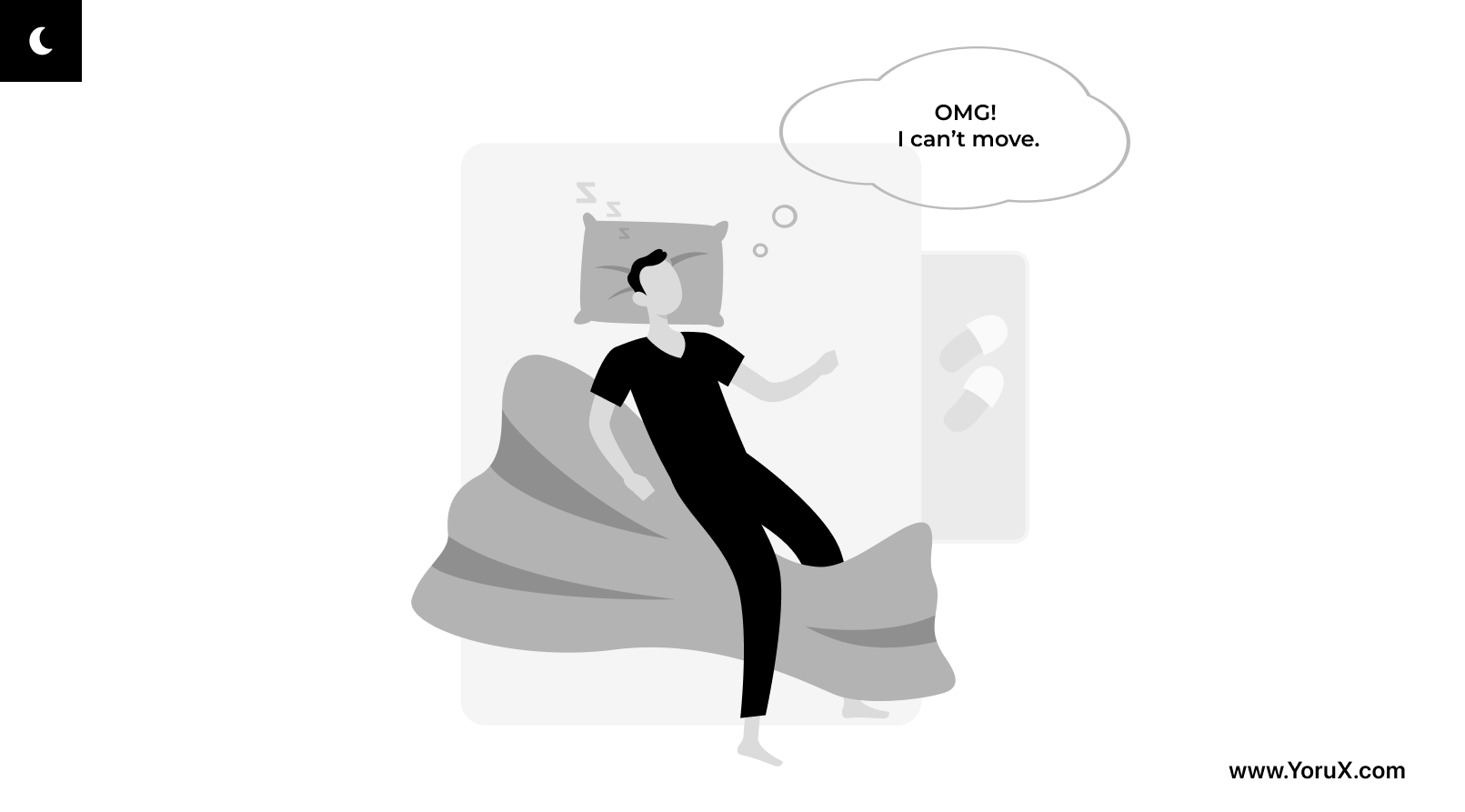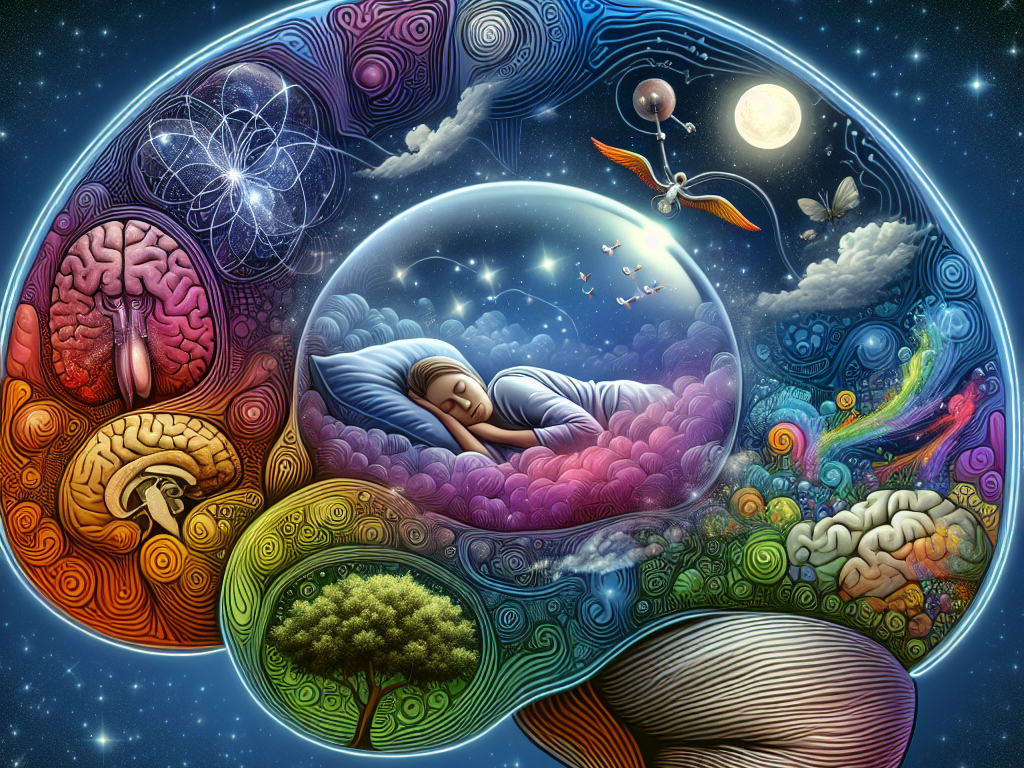
We usually think of sleep as the opposite of being awake. And who wouldn’t? In a sense, those are two opposite modes of being.
But when we say that a person is sleeping, we don’t specify how deeply. He could be drowsing in the first stage of NREM or be deeply slumbering in the third. If we can deduct that the person is dreaming, we can almost be sure – he is in the REM stage.
Each night we go in and out of various sleep stages in sleep cycles, lasting around 90 minutes each.
So, sleep is a bit more complicated than simply “not being awake”.
But the human brain is even more complex, and it doesn’t matter that we know how sleeping unfolds itself through the night. In some cases, a sweet nap can become a terrifying experience – sleep paralysis.
Sleep paralysis occurs when you are asleep in one way and awake in another.
To be more precise, your body is paralyzed, and your mind is conscious. Horrifying and paranormal as it may sound, it is, in a sense, perfectly normal. Your body becomes paralyzed each night for several occasions.
When you are in the REM stage of sleep, muscles in your body are paralyzed for the duration (except those that control your eyes and breathing).
Considering that you’re usually dreaming at this stage, it sort of makes sense – otherwise, you might wander off while performing activities in your dream world, and the brain protects you from that by paralyzing you.
However, when sleeping entangles with being awake, you might get one aspect of it – paralyzation, without the other – actually sleeping.
It is estimated that 8 % of the general population has experienced sleep paralysis at least once in their lives. It is, however, not uncommon for people to undergo this experience many times. In such cases, the paralysis is called recurrent.
If you’ve ever experienced one yourself, you’ve probably also experienced the hallucinations that usually accompany it. There are different types of them, such as:
- Intruder hallucinations. They include a perception of a dangerous person or entity in your room. One can sense these illusionary figures standing in the doorway or even by their bed.
- Incubus hallucinations. They usually involve a perception of having difficulty breathing and can incite a feeling of suffocation. More often than not, it is linked with intruder hallucinations, and it can appear that the non-existing entity is either strangling you or putting immense pressure on your chest by standing or sitting on it. All while you are unable to move and snap out of it.
- Vestibular-motor hallucinations. These are the least frightening, as they usually involve out-of-body sensations.
While direct causes of sleep paralysis are not well known, it has been linked to various sleeping disorders and mental health conditions.
It is directly involved with the REM stage of the sleep cycle, and it has been documented by scientists that the brain “thinks” it’s sleeping – even though people report being fully conscious and aware, albeit paralyzed.
Lucid dreamers can also experience sleep paralysis as they try to manifest a conscious dream. Even though the experience might be terrifying, there are many techniques one can practice to either wake up or turn the paralysis into a lucid dream.


.png)

